Asus Zenfone 12 Ultra review: still bigger, now cleaner

Intro
The Asus Zenfone used to be the final bastion of the "compact flagship" Android phone. Up until the Zenfone 10, they had 5.9-inch displays enclosed in a body just a slightly bit bigger than an old iPhone 8 or iPhone SE (2022). Alas, it seems the market just does not care for small phones (despite a vocal minority always begging for them), and the Zenfone series was pressured into growing.
Last year's Zenfone 11 Ultra and its successor here — the Zenfone 12 Ultra — are massive. With a 6.8-inch screen, they are about as big as the Galaxy S24 Ultra and S25 Ultra. It's still kind of a more mundane version of the ROG Phone — its hardware is top tier, but extra features like gaming buttons are cut out. Still has a headphone jack, though!
And, of course, some new (for Asus) AI features to flaunt. Can't say "2025 smartphone" without AI, right? So, what is the Zenfone 12 Ultra about, is it good, and is it worth getting?
The ZenFone 12 Ultra is not coming to the US for the time being, and most markets will only be getting the 16 GB / 512 GB version (€1,099 in Europe).
The Asus Zenfone 12 Ultra falls behind its contemporaries in a few key categories. Its camera definitely leaves a lot to desire, especially for a phone that comfortably floats around and above the €1,000 price. Android update commitment only covers 2 upgrades, though it will receive 4 years of security patches. And, even though it packs a Snapdragon 8 Elite, it doesn't score as high as other phones with that processor in benchmarks.
Table of Contents:
Zenfone 12 Ultra specs
So, let's take a quick look at the core specs of the Zenfone 12 Ultra and see how it has evolved compared to the Zenfone 11 Ultra
| Asus Zenfone 12 Ultra | Asus Zenfone 11 Ultra |
|---|---|
| Repeat of the same design, clean back with no accents | Extra-large Zenfone build, as big as contemporary phablets |
| 6.45 x 3.03 x 0.35 inches (163.8 x 77 x 8.9 mm) 220 g | 6.45 x 3.02 x 0.35 inches (163.8 x 76.8 x 8.9 mm) 224 g |
| Recycled aluminum frame, matte glass back | Recycled aluminum frame, matte glass back |
| The fastest Qualcomm chip –– the 3nm Snapdragon 8 Elite | Snapdragon 8 Gen 3 for Galaxy, 4 nm, still pretty good |
| Gorilla Glass Victus 2 front | Gorilla Glass Victus 2 front |
| 6.8-inch Samsung AMOLED display 1-120 Hz, 144 Hz available when gaming | 6.8-inch Samsung AMOLED display 1-120 Hz, 144 Hz available when gaming |
| 12 GB / 256 GB 16 GB / 512 GB LPDDR5X / UFS4.0 | 12 GB / 256 GB 16 GB / 512 GB LPDDR5X / UFS4.0 |
| 50 MP main camera 13 MP ultrawide 32 MP 3x zoom camera 32 MP front camera | 50 MP main camera 13 MP ultrawide 32 MP 3x zoom camera 32 MP front camera |
| 5,500 mAh 65 W wired 15 W Qi1.3 wireless charging (no magnets) | 5,500 mAh 65 W wired 15 W Qi1.3 wireless charging (no magnets) |
Design and Display
Just as big, now cleaner
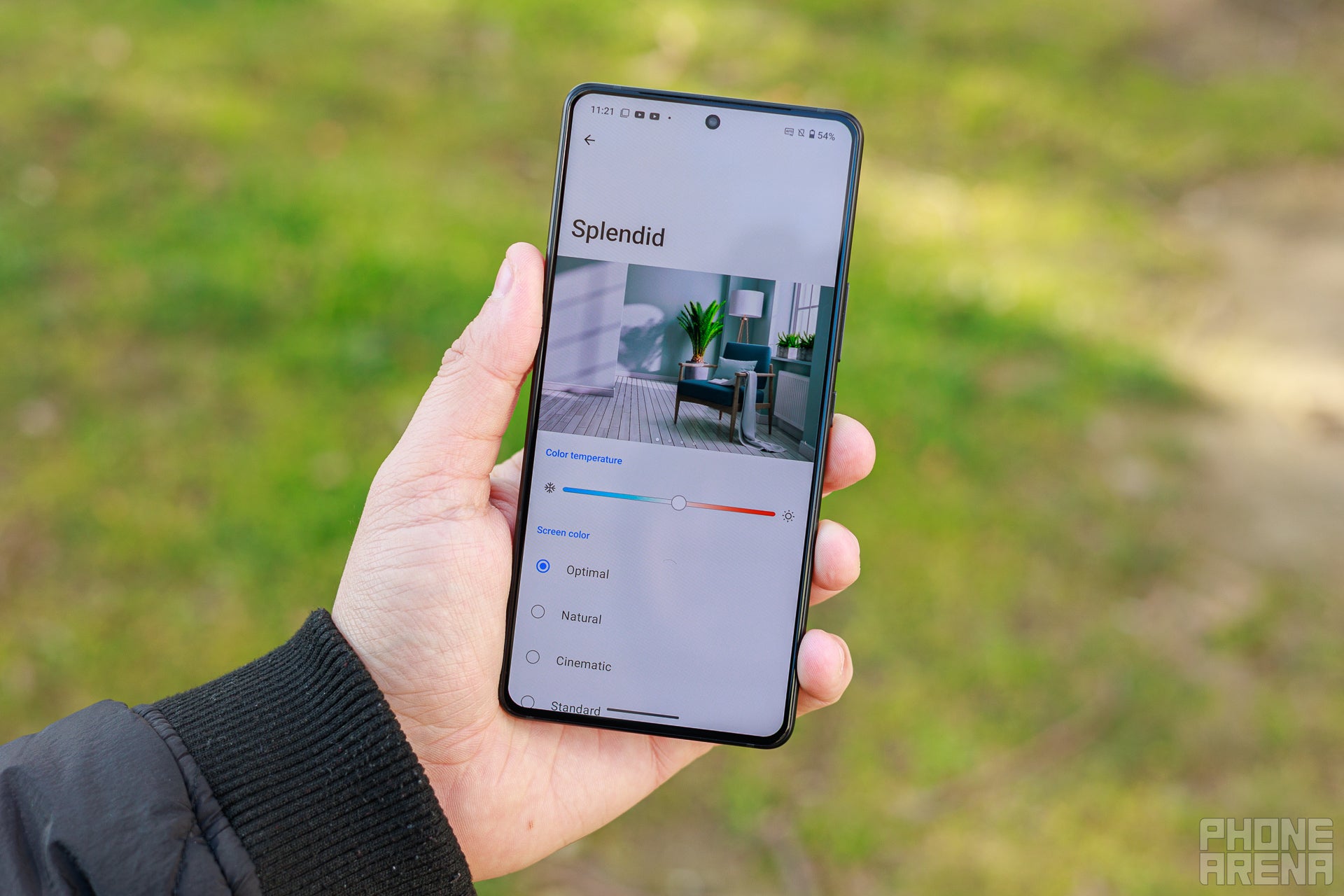
The Zenfone 12 Ultra is much like the Zenfone 11 Ultra before it. Huge 6.8-inch screen up front, aluminum frame, matte glass back. The 11 Ultra had some aggressive streaks and accents across its back, making it look even more like a ROG Phone than it should have, but the new Zenfone 12 Ultra cleans that up — you will only find the phone's name in small print in the center of the back glass.
The camera module was also cleaned up and made a bit smaller, despite the supposedly upgraded gimbal stabilizer inside. It still protrudes off the back of the phone, but has a smaller footprint, which looks a bit tidier.
Of course, it's protected by the elements with IP68 rating, meaning it can survive a dunk in a small pool of water and is dust-tight.
There are no special buttons or quirky triggers on the Zenfone 12 Ultra — we have a clicky power button and an accentuated volume rocker. But we do get a headphone jack, which has oddly become a luxury in the 2020s.
You can pick the Zenfone 12 Ultra up in three colors — Ebony Black, Sage Green, and Sakura White (which is actually pink).
Of course, it's protected by the elements with IP68 rating, meaning it can survive a dunk in a small pool of water and is dust-tight.
There are no special buttons or quirky triggers on the Zenfone 12 Ultra — we have a clicky power button and an accentuated volume rocker. But we do get a headphone jack, which has oddly become a luxury in the 2020s.
You can pick the Zenfone 12 Ultra up in three colors — Ebony Black, Sage Green, and Sakura White (which is actually pink).
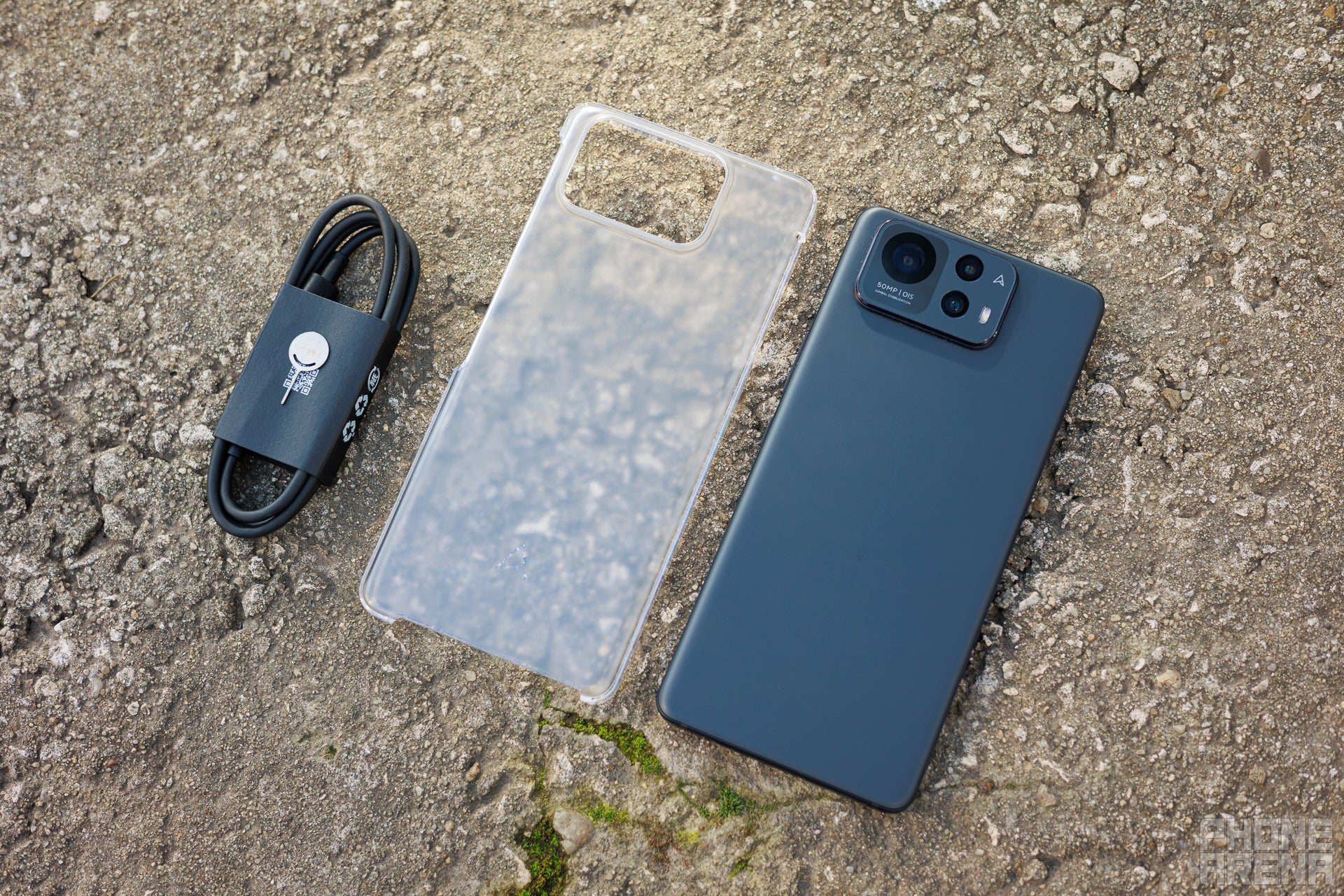
The box contains a fittng case and a USB C cable, but not the 65 W charger, which is now sold separately.
The Zenfones rock Samsung-made AMOLED panels. They are LTPO, meaning they can go from 1 Hz to 120 Hz depending on what's on screen. If nothing's happening (AOD is on), it's dialed down to 1 Hz to preserve battery, but as soon as you need fluid animations, it instantly goes up to 120 Hz. When in-game, you can open up the Asus Game Genie overlay to activate 144 Hz.
It looks like it's the same panel as last year's Zenfone 11 Ultra — 6.8 inches in size, 2400 x 1080 pixel resolution, 1-120 Hz refresh rate (144 when gaming), and 2,500 nits peak brightness. We measured the screens
Display Measurements:
But peak brightness is not exactly telling us much, which is why we now measure 20% APL — a test more representative of "real life" use. And the Zenfone 12 Ultra scored 2,200 nits there, which is excellent. You can definitely use this phone no problem on a sunny day. Minimum brightness, however, is pretty bad at 5.9 nits — not the best for bedside use.
Screen colors are pretty good, they do display the blue-green tint that's typical for current OLED panels. But you do have a few color calibration options in settings, so you can make it more saturated, more realistic, and less cold if you wish.
Under the screen, we have an optical fingerprint scanner which is pretty good at its job.
Camera
Same specs, a bit more stable
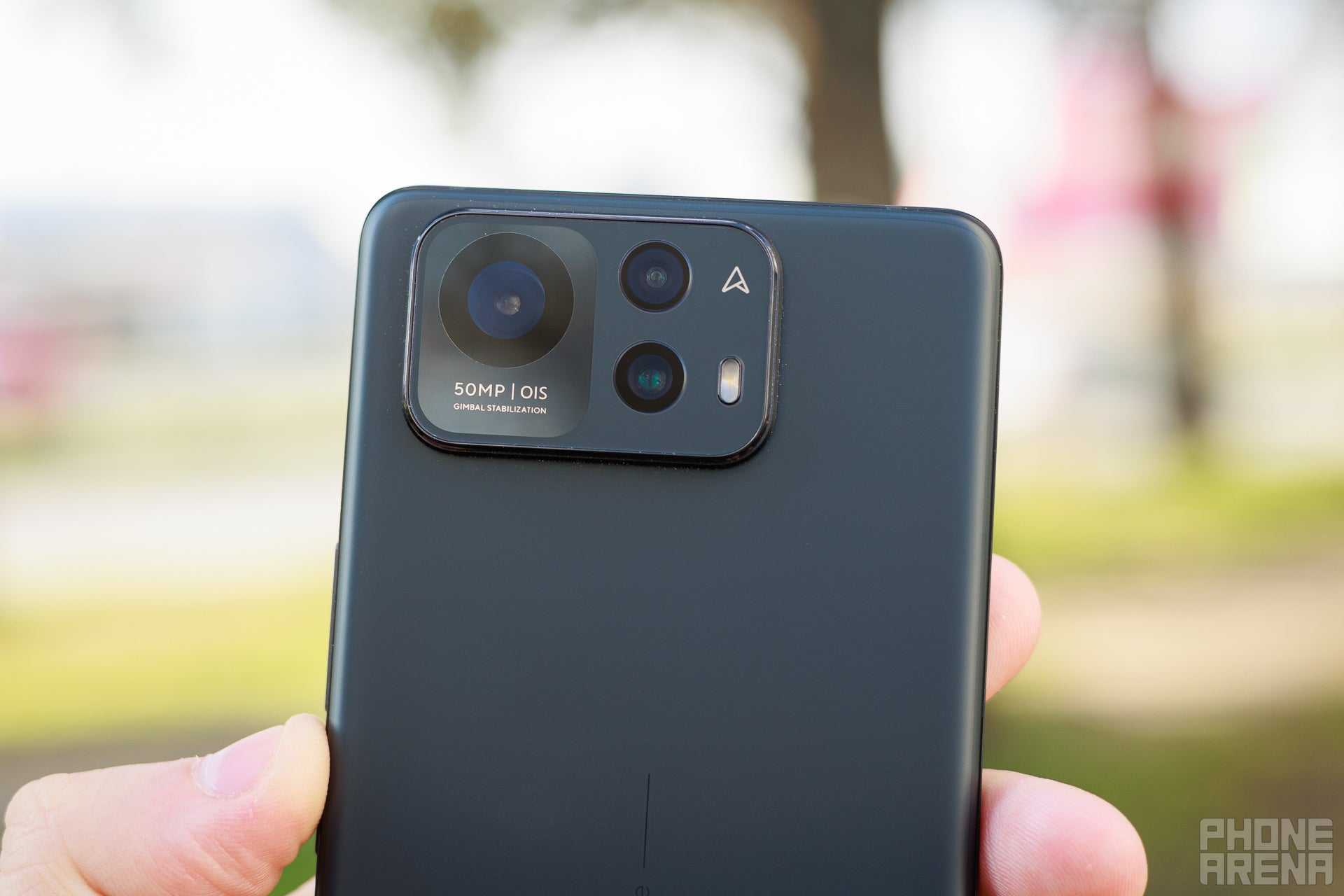
Asus has been implementing a gimbal stabilizer in its smartphones for a couple of generations now. The ROG Phone 8 had one, then the ROG Phone 9 received an upgrade — the 6-axis Hybrid Gimbal Stabilizer 4.0. Well, the Zenfones follow the same upgrade structure, and the new Zenfone 12 Ultra got that very same stabilizer.
Stabilization is not only important for video capture, it also plays a huge role for situations when the shutter is open for a long time, be it taking a night time photo or an HDR snap (and most auto photos nowadays are HDR by default).
Other than that upgrade, the Zenfone 12 Ultra has the same camera specs as last year — 50 MP main, 13 MP ultrawide, 32 MP 3x telephoto lens, and a 32 MP selfie camera. And here's how they perform:
PhoneArena Camera Score:
Our Camera Benchmark puts the phone through a series of consistent tests to give us an idea of how it does with fine details, exposure, stabilization, as well as the entire camera experience, from viewfinder to snap. That's what forms the final score, but here's how the Zenfone 12 Ultra actually does with photos:
Unfortunately, the Zenfone 12 Ultra's camera left us wanting. It exposes quite a bit and lacks the dynamic range to make the bright photos appear textured or lifelike. Colors are overally washed out and cold. Switching to Portrait mode does ensure that the phone at least captures lively skintones, somewhat. Depending on which zoom level you choose, and what the phone "sees" in the background, the skintone can go from realistic to a weird pink.
The HDR leaves a lot of "ghosts" in photos, which is honestly shocking for a 2025 top-tier phone (check out any photo with birds in it). And there are a lot of auras around treebranches, either due to oversharpening or not-so-great HDR.
So, just like with the ROG Phone 9 Pro before it — the stabilization is indeed great. Pictures, however, are sub-par.
Video quality

In video, the Zenfone 12 Ultra camera is quite contrast-y, with a very warm hue to it. The 6-axis stabilizer also ensures pretty smooth movement. The exposure does dance around a little, and oversharpening can be seen around vegetation. The contrast is high, but the dynamic range is not as good, so shadows can get crushed.
Performance
Flagship chip in the house

The Zenfone 12 Ultra rocks the newest Snapdragon, of course — the Snapdragon 8 Elite. The 3 nm Android flagship chip that will be in all the big hitters this year. It's fast and hot, but thankfully, Asus has a good track record of installing proper cooling systems in its phones. So, how does the Elite do in the Zenfone 12? Here are the benchmark scores:
Performance Benchmarks:
Unsurprisingly, the Zenfone 12 Ultra isn't as potent as the super-charged ROG Phone 9 Pro. Maybe it's to keep heat at bay, maybe it's to preserve battery. Hopefully, it's not a bar put there simply to make the ROG Phone appear bigger, better, and faster.
Scores aside, in real life use, the Zenfone 12 Ultra does not disappoint. It's snappy and fast, a pure pleasure to scroll around on.
It offers the same configurations as its predecessor: 12 GB of LPDDR5X RAM paired with 256 UFS 4.0 GB storage, or 16 GB RAM with 512 GB storage.
It offers the same configurations as its predecessor: 12 GB of LPDDR5X RAM paired with 256 UFS 4.0 GB storage, or 16 GB RAM with 512 GB storage.
Software
In comes AI. Asus already had some AI features in there before the others — namely Semantic Search. You don't need to know the exact name of a toggle in settings, just "tell" the search bar what you want to do. Samsung added this just now, while Asus has had it since last year.
Now, it's Asus' turn to play catch-up. The Zenfone 12 Ultra now has:
- AI summary for websites and documents
- AI live translation for calls (even through 3rd party apps like WhatsApp)
- AI transcript for voice recordings
- Semantic Search
- Cirle to Search with Google
- AI object tracking when recording video
- AI-assisted video portrait mode
- AI Voice Clarity to clear noises from videos
- AI Magic Fill (Magic Eraser)
- AI Photo Unblur
Some of these features come courtesy of Google's Android 15 and Gemini (Circle to Search is a common Android feature), others are powered by Qualcomm's new technology. Live Translate for phone calls is an awesome idea but still quite clunky, as it is within Samsung Galaxy AI. Some of the other features didn't use to hoave AI before them, but it's a modern day phone! In general, these still work a bit more as a "proof of concept" than actual fleshed out components. Though, we do enjoy the article summary option — it's always a welcome one!
As mentioned, the Zenfone 12 Ultra comes with Android 15 out of the box. Asus is still lagging behind on the software updates promise — we will get "at least" two major Android builds and 4 years of security patches post release, which is behind industry leaders like Google and Samsung who now offer 7 years of Android updates.
Battery Life and Charging
That is yuge!
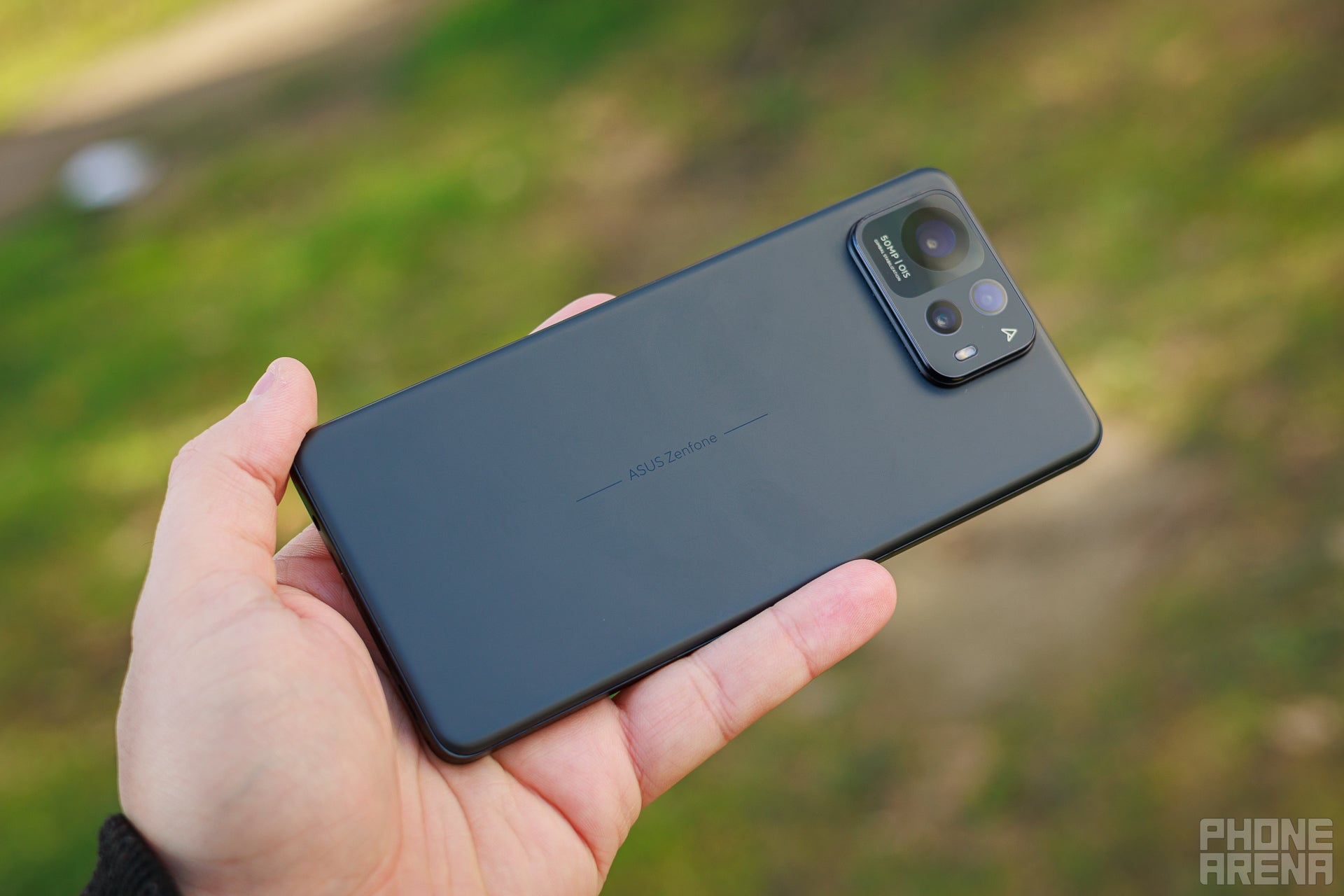
The Zenfone 12 Ultra pushes above the 5,000 mAh comfort zone with a 10% add-on. It comes with a 5,500 mAh cell, same as on the Zenfone 11 Ultra. We are used to Asus phones having great battery life optimizations, so let's take it to the benchmarks first:
PhoneArena Battery and Charging Test Results:
Confidently hitting well north of 10 hours of screen-on time between browsing and gaming, we can say that the Zenfone 12 Ultra does not disappoint. Though, that YouTube binging score is a bit weak, compared to the behemoths we are looking at in the table above. With casual use, the Zenfone 12 Ultra phone can definitely push the 2-day battery life. Or, if we are not optimistic — day and a half.
Audio Quality and Haptics
Asus proudly puts loud, meaty stereo speakers on its phones. Sadly, not as good as the old ROG Phone 7 Pro, but still capable of making you twist a neck to see what's pumping those beats. The Zenfone 12 Ultra sounds very similar to the Zenfone 11 Ultra — nothing seems to have changed much. It's loud and bassy, and can replace a lower cost Bluetooth speaker.
To top it off, you do have a software EQ that's quite elaborate and will let you fine-tune the sound somewhat. Also, again, there's a headphone jack for purists that hate what Bluetooth does to music (and who can hear it).
The haptics are excellent, and Asus knows it. There are feedback clicks hidden all across the interface and the phone will constantly respond to your taps with precise and quick vibrations.
Summary
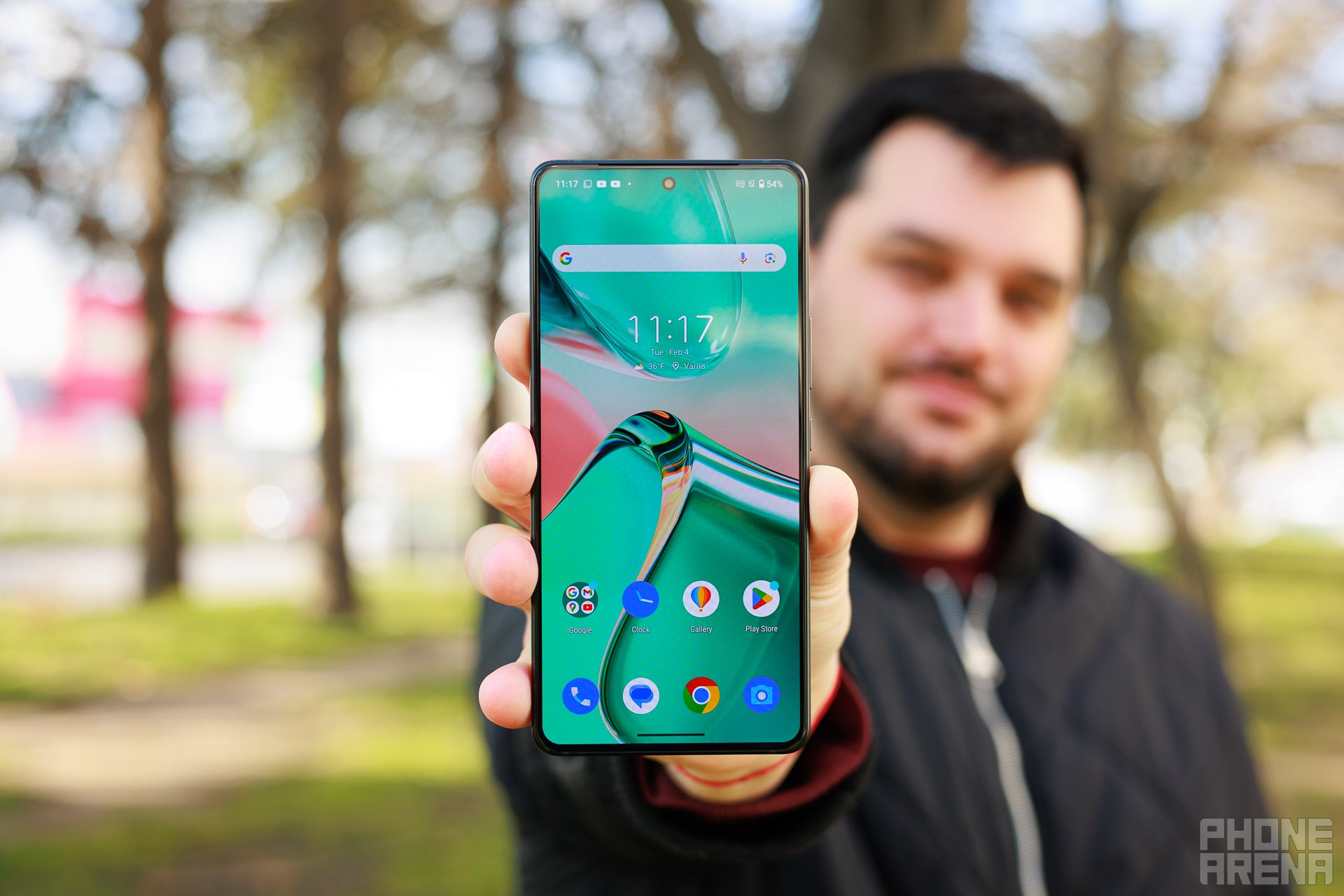
Sadly, the Zenfone 12 Ultra is "more of the same". It really does feel like a Zenfone 11 Ultra with a new chip inside, and a slightly different paintjob. We were hoping for a more meaningful camera upgrade, or a redesign to make it more fun or appealing. The ROG Phones, for example, have a distinct personality and a clear(ish) target audience. The Zenfone seems to be meandering about since last year — it grew up in size but didn't add anything specific to the mix besides "it's bigger now". It's sort of like "a ROG Phone that's not a ROG Phone". Sure, it's slightly cheaper, but as a flagship, it feels bland and stale and there's not one thing about it that we can point to and say "Buy it because of THAT!".
Let's presume Asus plans to keep the Zenfones big from now on. In that case, we think it would be better if the ROG Phones return to their old form factor (front-firing speakers, bigger bezels to hold like a console, bold RGB and accents), and give the Zenfone that new ROG Phone design with the muted accents and the shoulder triggers. Fans of the old gaming phones will be happy. And those that want a more "mainstream-looking" gaming phone will have the Zenfone to pick.
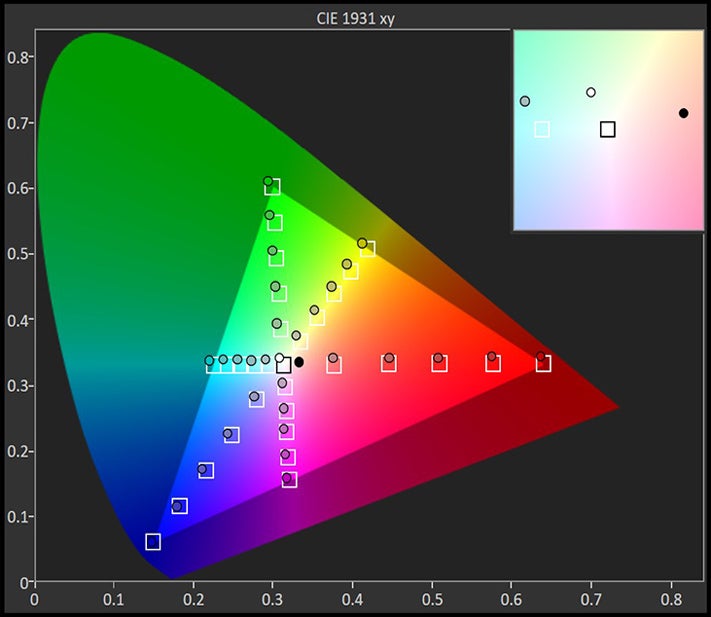











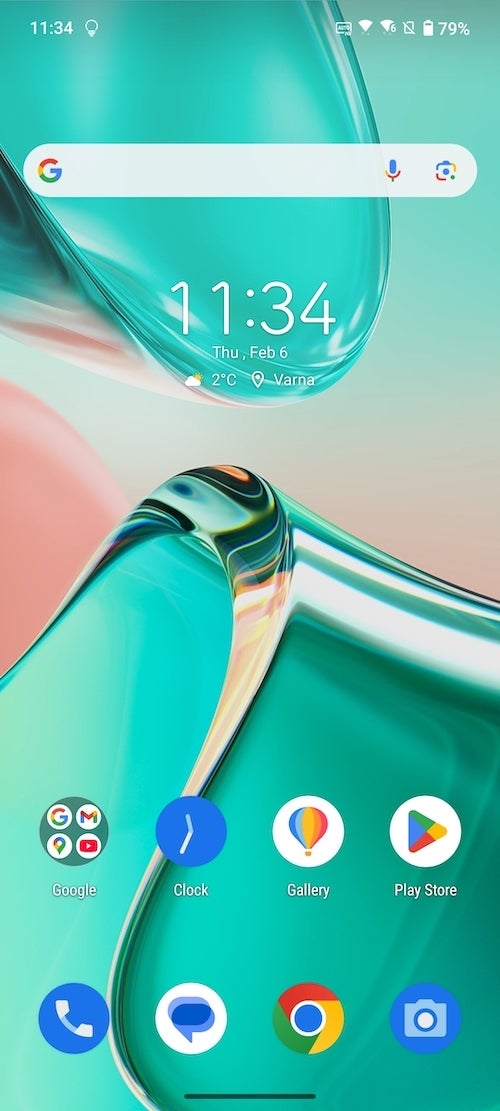
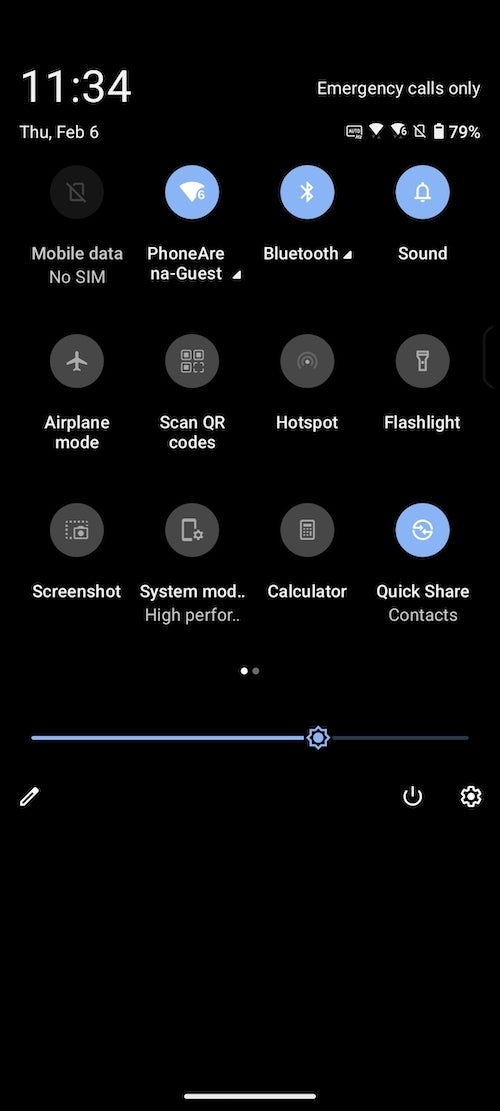
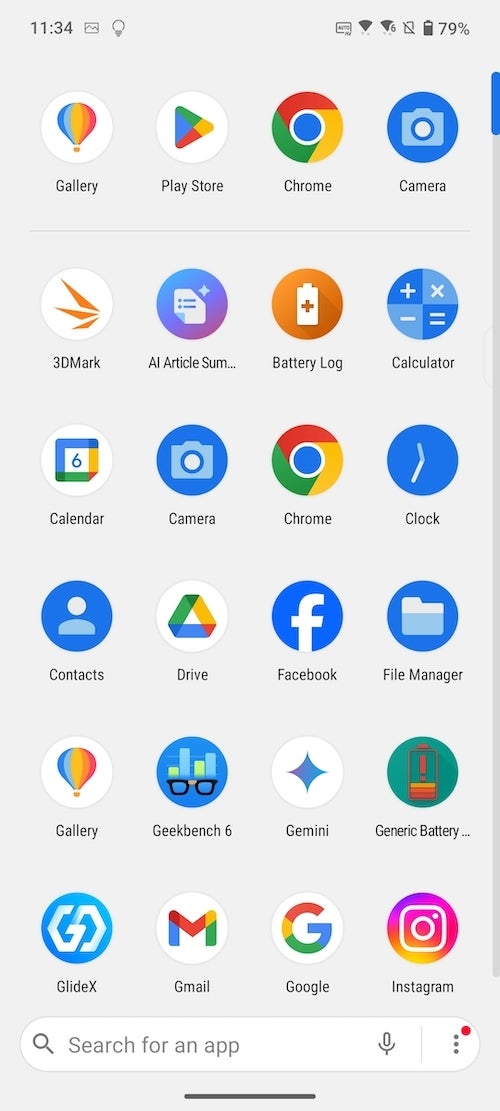
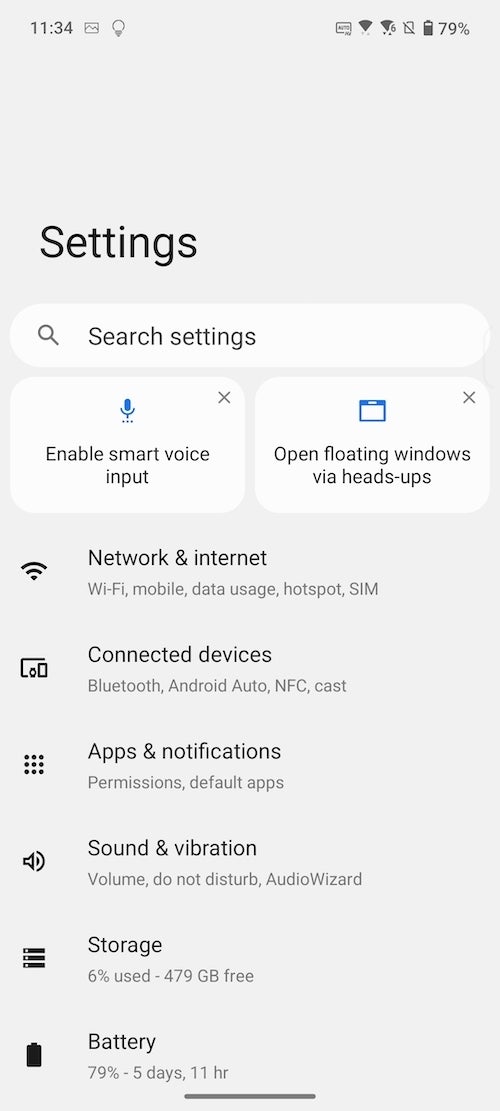

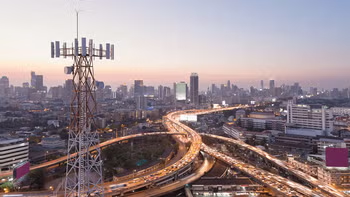
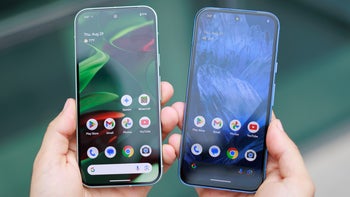


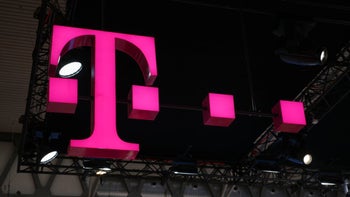





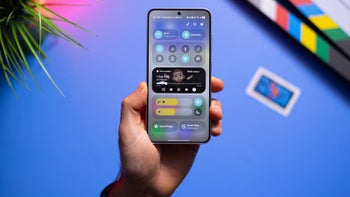



Things that are NOT allowed: